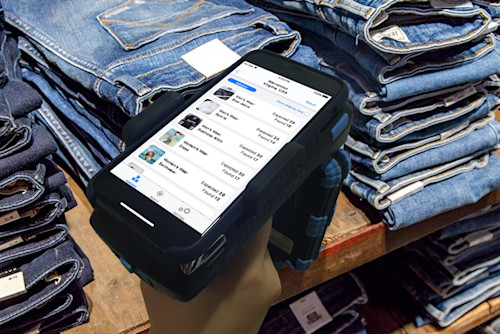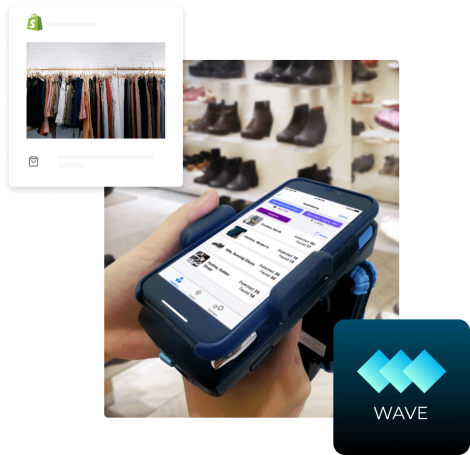What are the best practices for tagging items?

Now that you have tried using WAVE and POGI, you're starting to think about how to use these gadgets within your store. Whether you're in the boutique business, clothing lines, or just general retail merchandise, you've come to the right page!
COMMON ISSUE
When you're first using and tagging items for your inventory, usually, the excitement comes first. You get all your freshly delivered tags, set them up on the table, and then immediately start scanning them and attaching them to your items. More often than not, this is usually where all the problems start. There are tags that get mixed up with other tags. Then, before you know it, everything is mixed up together.
TIPS AND TRICKS TO AVOID ISSUES
The best condition is always that the tag you are using is visible or exposed so that it can be easily read; not near any metal or being blocked by any metal surface; within your line of sight; and not near any water or containers of water (for most of the tags besides the TF-Popsicle RFID tag).
But, we can all agree that the ideal situation does not always exist. Our warehouses and retail centers are not designed inherently for RFID usage. Thus we've written down several tips that can help you organize your store or warehouse.
TAGS SHOULD BE VISIBLE
Keep your RFID tags as open and readable if possible. Placing them on open shelving with the tags facing the aisle is our recommendation. This makes it easy for the handheld reader to bounce the signal off your RFID tags.
SCAN INVENTORY WITHIN 10 FEET RANGE
On an ideal set-up, at full power, the handheld reader can scan hundreds and thousands of items within 30 feet range. In reality, this isn't always the case. Users usually ask why they can't pick up items farther than 10 feet --- there are a lot of reasons why.
WHEN COMMISSIONING ITEMS, KEEP THE TAGS A FEW INCHES AWAY FROM EACH OTHER
Most of the time, when new users start to tag assets to the app, they have all the tags on one table, and they start scanning and tagging. This is a frequent and common issue when using RFID.
Ideally, you'd want to have the tags that you are not using yet inside an anti-RFID bag. This way, you will not accidentally pick up the other tag's RFID. While the app is intuitively designed to change to short mode when commissioning items, there are still cases that it picks up other tags than the one you're tagging.
AVOID PLACING THE RFID TAGGED ITEMS BEHIND METAL OBJECTS
Sometimes this is unavoidable --- most especially in warehouses. But, it's a general rule of thumb not to place the RFID behind metal as metal blocks RFID signals.
RFID can work on metal not just behind or within a metal container.
LABELLING LIQUID CONTAINERS WITH TF TAG
Like metal, liquid acts as a conductor. It absorbs RFID frequency; hence it makes it generally difficult for RFID tags to get picked up by the handheld reader.
One solution is using our TF-Popsicle RFID tag. This was intuitively designed to be used on water containers as the non-RFID part is the one attached to the container, and the RFID itself is hanging away from the container.
We have a lot more RFID tags that might fit your purposes and different uses for your benefit.
Feel free to reach out to our support team should you have further questions.
